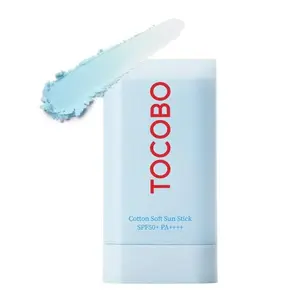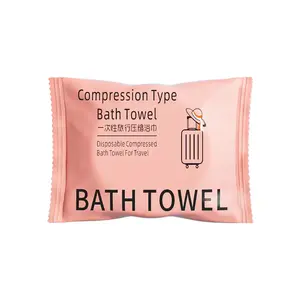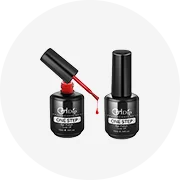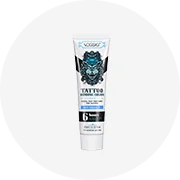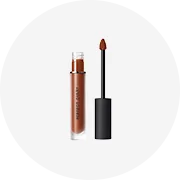Popular in your industry




 Ready to Ship
Ready to Ship













Related Searches:


























Top categories
About black white fade cream
Understanding Black White Fade Creams
Fade creams, particularly black white fade cream, have become a staple in skincare routines for those looking to address hyperpigmentation and uneven skin tones. This category encompasses a variety of creams designed to lighten dark spots and balance skin coloration.
Types and Ingredients
The market offers an array of fade cream options, each formulated with different active ingredients. Common components include glycerin, known for its hydrating properties, vitamin E for its antioxidant benefits, and shea butter for moisturization. Consumers may also find products enriched with vitamin C, favored for its brightening capabilities.
Applications and Benefits
These creams are not just limited to facial application; many are suitable for body use, targeting areas prone to discoloration. The benefits of using a fade cream include skin rejuvenation and the reduction of dark spots. The inclusion of ingredients like cruelty-free and paraben-free elements appeals to health-conscious users.
Features to Consider
When selecting a black white fade cream, it's essential to consider features such as suitability for different skin types and the presence of sun protection. Some creams offer additional benefits like skin rejuvenation and dark spot removal.
Material Quality and Advantages
The efficacy of a fade cream largely depends on the quality of its ingredients. Products that harness the power of natural components like shea butter and vitamin E are often preferred for their gentle yet effective results. The advantage of using such creams is not only in achieving a more even skin tone but also in nourishing the skin.
Choosing the Right Product
With numerous options available, it's crucial to select a black white fade cream that aligns with individual skin needs. Factors such as ingredient preference, skin type compatibility, and specific skin concerns should guide the decision-making process.



